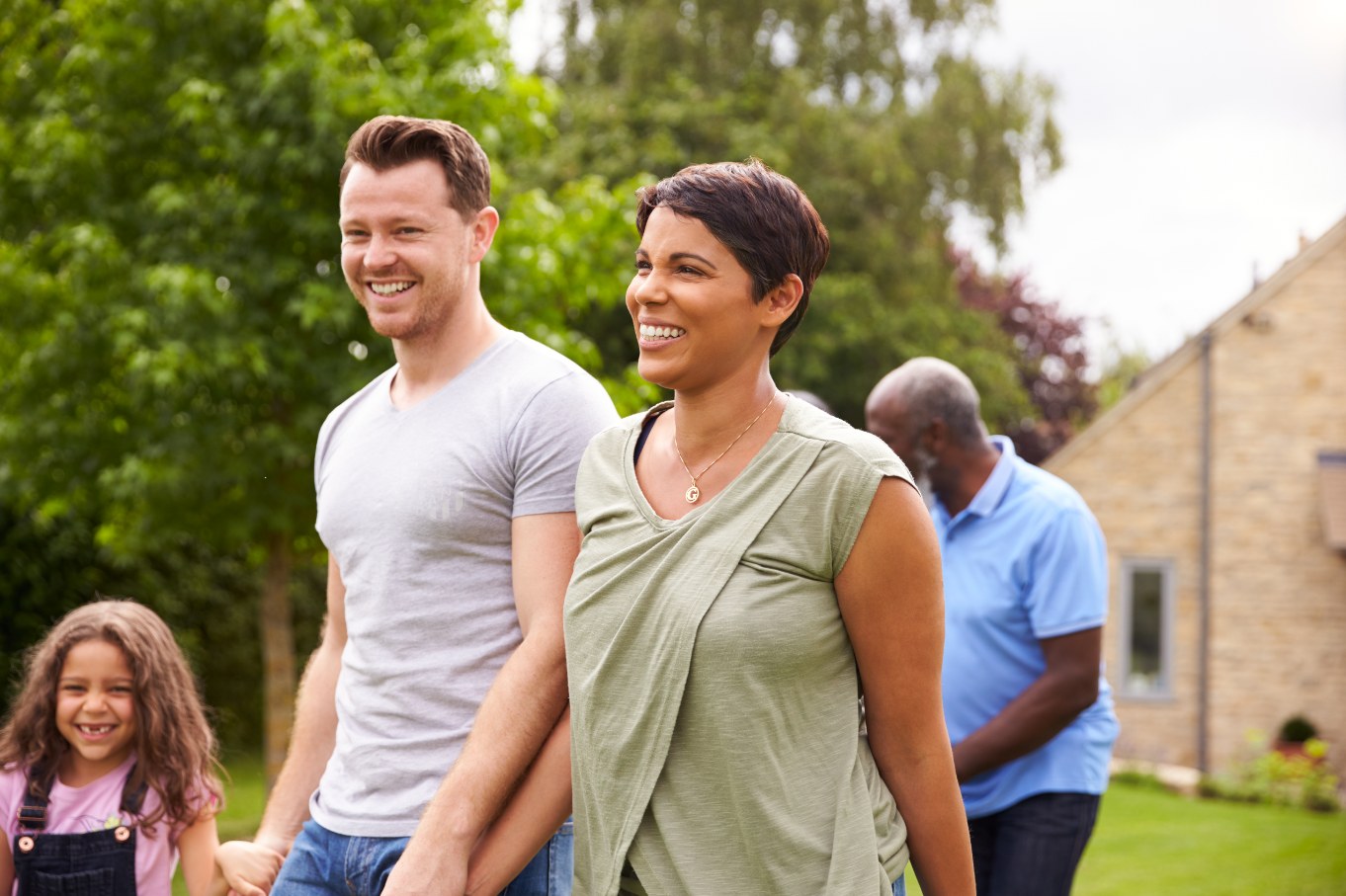Why Caffeine Safety Matters
Caffeine is the most widely consumed stimulant in the world, prized for sharper focus and quicker reaction time. Yet too much can trigger jitters, sleep disruption, and heart palpitations. The U.S. Food & Drug Administration advises healthy adults to keep total daily intake at or below 400 mg—roughly four small cups of brewed coffee or two tall energy drinks FDA.
Caffeine by the Numbers: Popular Drinks Compared
Data gathered from product labels and independent analyses show striking variation across beverages:
- Bang – 300 mg (16 oz can)
- Starbucks Medium Brew – ~300 mg (16 oz “Grande” regular roast)
- Spike – 350 mg
- Monster – 160 mg
- Rockstar – 160 mg
- Nos – 200 mg
- Red Bull – 80 mg (8.4 oz can)
- Mountain Dew – 90 mg (16 oz bottle)
- Typical home-brewed coffee – 95–200 mg per 8 oz cup
- Cold-brew medium – ~205 mg (16 oz)
Notice how a medium coffee can rival or exceed many canned products. Label literacy is therefore critical when tallying daily totals.
Beyond Caffeine: Extra Ingredients to Watch
Plain coffee contains water, naturally occurring antioxidants, and negligible calories. Energy drinks, however, often add:
- 25–30 g of sugar (up to 7½ teaspoons) or artificial sweeteners
- High-dose B-vitamins well above daily values
- Taurine, glucuronolactone, and herbal stimulants such as guarana or ginseng
Research links excessive sugar intake to metabolic disorders, while megadoses of isolated B-vitamins provide no proven performance benefit and may stress the liver over time Verywell Health.
Health Implications of Exceeding 400 mg
Regularly going above the 400-mg ceiling raises the risk of:
- Restlessness, anxiety, and irritability
- Elevated heart rate or heart rhythm disturbances
- Gastro-intestinal upset and acid reflux
- Sleep fragmentation, leading to daytime fatigue
- Dependence and withdrawal headaches
Sensitivity varies: some individuals metabolize caffeine slowly due to genetic differences, experiencing symptoms at much lower doses. Monitoring personal response is as important as counting milligrams.
Smart Pre-Workout Strategies
A moderate caffeine bump 30–45 minutes before exercise can improve muscular endurance and perceived exertion. For most gym-goers, 150–200 mg is enough. Instead of grabbing a high-sugar canned drink, consider this simple stack:
- 8–12 oz black coffee (95–180 mg caffeine)
- 6–8 g L-citrulline for improved blood flow
- 3–5 g creatine monohydrate for strength and recovery
- 2–3 g taurine or beta-alanine if desired for prolonged endurance
This DIY approach supplies evidence-backed ergogenic aids without added sugars, dyes, or undisclosed proprietary blends.
Label-Reading Checklist
Before buying any canned stimulant, run through these quick questions:
- Caffeine content listed? If not, skip it.
- Total sugars per serving? Aim for under 5 g or choose sugar-free.
- Serving size clarity? Some cans hide “two servings” in one container.
- Other stimulants? Guarana and yombe can double the real caffeine hit.
- Vitamin megadoses? Excess isn’t necessarily beneficial.
Daily Intake Planner
Use the table below to keep total caffeine within safe limits. Adjust portions to your usual habits.
| Time of Day | Beverage | Approx. Caffeine (mg) | Cumulative Total |
|---|---|---|---|
| 6 AM | 8 oz drip coffee | 120 | 120 |
| 11 AM | 12 oz cold brew | 200 | 320 |
| 4 PM | 12 oz sparkling water | 0 | 320 |
| 6 PM | Pre-workout espresso (2 oz) | 80 | 400 |
Hit the 400-mg cap earlier in the day? Swap evening espresso for decaf or herbal tea to protect sleep quality.
Take-Home Advice
For most athletes and busy professionals alike, plain coffee offers a clean, inexpensive, and well-researched caffeine source. Energy drinks may fit occasionally, but rely on them sparingly and mind the label. Above all, keep the daily total near or below 400 mg, adjust for individual tolerance, and pair any stimulant with balanced hydration and nutrition.
Video Summary
To learn more about nutrition, fitness, and health from professionals and experts, visit our channel and subscribe: https://www.youtube.com/@Vitality-and-Wellness





